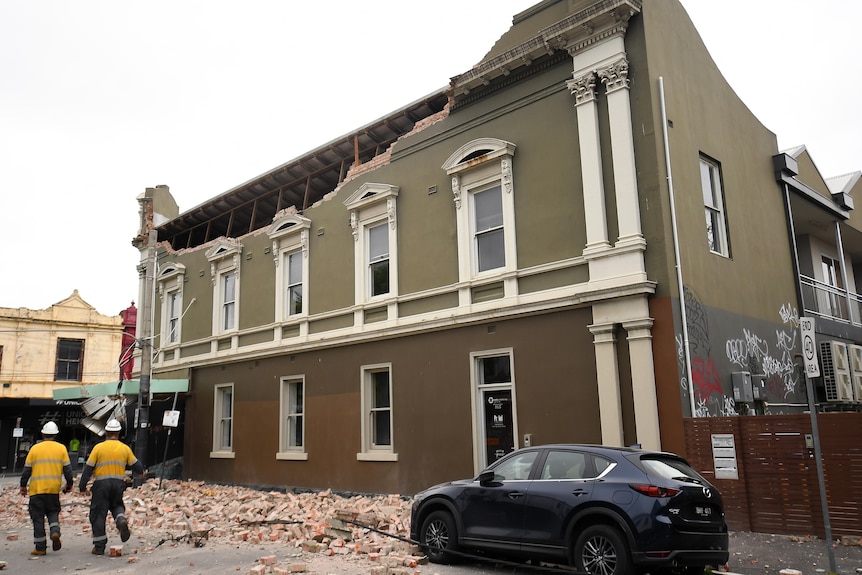ABC News Australia: Victorian 2021 earthquake caused by hidden fault in the Earth's crust, researchers say

Scientists say the largest earthquake ever recorded in Victoria was caused by a previously unknown fault line deep within the Earth's crust.
Although it caused only minor damage, the earthquake was larger than the 1989 Newcastle earthquake, which killed 13 people.
The 2021 quake caused some damage to buildings in Melbourne, including on the famous Chapel Street shopping strip, when it hit at 9:15am. The tremor was also felt in parts of New South Wales, South Australia, Tasmania and the ACT.
Now new research by seismologists at the Australian National University, published in Seismological Research Letters, has determined that the earthquake was caused by a previously unknown, deep-lying "blind fault" with no visible presence on the surface. "We're quite lucky that the earthquake didn't happen near a more populated area," lead researcher Sima Mousavi said.
The researchers were able to determine the cause of the earthquake using a network of seismic sensors located in schools.
Dr Mousavi said teachers from the schools contacted the researchers to say they had seen "large amplitude wiggles" on the sensors' screens.
Blind faults can be particularly dangerous because their presence can be unknown until an earthquake caused by their instability hits.
"Blind faults can pose a significant threat as they can generate large earthquakes but they are hidden from us. This can make it difficult to identify areas that are at risk from earthquakes, which can be dangerous for communities living nearby," Dr Mousavi said. "While blind faults may be more difficult to identify and study than faults with surface exposure, it is important to understand their location and behaviour and potential hazards in order to properly assess earthquake risk and take appropriate measures to protect communities and infrastructure."
Adam Pascale, the chief scientist at the Melbourne-based Seismology Research Centre, said the ANU study was interesting because it identified a previously unknown fault.
"It does demonstrate that there are a lot of potential areas for other events," Mr Pascale said.
He pointed out that without signs of past seismic activity on the surface, the only way to identify quake-prone areas was through monitoring activity using sensors.
Mr Pascale said there had been more than 1,000 aftershocks since the 2021 earthquake, and that the SRC was still recording one or two a week.

